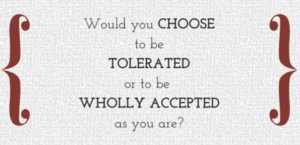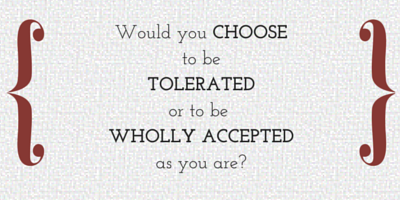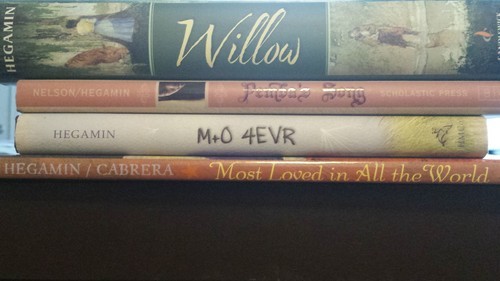CBC Diversity: Inclusion vs. Diversity

Contributed to CBC Diversity by Tonya Cherie Hegamin
Human brains like to compartmentalize, and I believe that the term “diversity” serves to place people in boxes marked “other”. However, as individuals, the cultural, physical and learning differences we have must harmonize for survival. I expect to be addressed as a whole human, not one whose life circumstances make me ‘different’. Truly, “diversity” in its best light seeks to celebrate our differences, to acknowledge those on the margins of “normal”, but it does not necessarily seek to include all of us as we are. Would you choose to just be tolerated or to be wholly accepted as you are?
Personally, I consider myself to be beautifully complicated. On the surface, many people might think I’m Latina or biracial because of my skin color and hair. In reality I am multi-racial, just like so many other people. Once when I was five, a neighbor (who was white) asked me “What are you?” I didn’t understand—I asked my mother and she told me to say I was “black”. When I went back to my playmate, she informed me that I couldn’t be black because I didn’t look, act or sound black, and if I was black her parents would refuse to let her play with me. That’s a lot for a five year old to handle. Not just for me, but for this girl who was subjected to a binary world where some people were “acceptable” while others were not.

For me, it was only the first of a countless number of times people demanded to know what I was. I come from a long line of ‘light skinned’ African-Americans (both my paternal grandfather and great grandfather passed for white to get jobs) who mingled with Nanticoke Indians (my maternal grandfather could trace his family to the last ‘royalty’ of the tribe), also Dutch, Haitian, Scottish and probably a hundred other combinations. Both sides of my family still hold emancipation papers from ancestors who begat the children of their masters. Internalized racism, color-isms and social/class structures probably supported my family marrying those whose experience was similar; yet we still identify as black or African-American. At this point, I’ll remind us all that “race” is a social construct created to specifically compartmentalize dark skinned people as inferior and white Europeans as superior. However, we are still hooked on creating separate compartments for people, and I believe the claim of ‘diversity’ supports that line of thinking.
But my beautifully complicated world does not hinge on race or culture alone. I also have dyscalculia (a learning disorder) and a chronic immunodeficiency disease which requires multiple daily injections and also causes chronic pain, fatigue and depression. Therefore I’m in the “disabled” compartment too. I am also bisexual, yet another compartment. Do I live in a compartmentalized body, mind and soul? Of course not. I have learned to integrate and include all of that “diversity” as a part of my singular human experience. At five, I just wanted that playmate to include me in the fun. Growing up I became severely depressed trying to prune myself to fit into one group or another; now I realize it never works, I accept myself as I am.

Teaching in a predominantly black college in Brooklyn, NY also made me realize the value of inclusivity over diversity. In my Children’s and Young Adult Literature classes, we critically examine inclusive literature and how it allows readers access to a variety of world views and perceptions. I’ve learned another hard lesson in those classrooms—I realized that I suffer from ‘perceived commonality’. I thought that because my students were also black, we shared a communal memory of racism in America. I now know that many of my students would never identify themselves as black, much less American. They are all just as beautifully complicated as me!
I stress to my future teachers to teach the individual as they are, to include a variety of perspectives. As a writer, I strive for that, too, but I also try hard to make every character as “real” as possible; for me, that means including all the contradictions and complexities that in the end, makes them beautiful.


Tonya Cherie Hegamin is the author of the young adult novel Willow, M+O 4EVR and the coauthor with Marilyn Nelson of Pemba’s Song. She received an Ezra Jack Keats New Writer Award and a Christopher Award for her picture book Most Loved in All the World, illustrated by Cozbi Cabrera. She is the creative writing coordinator at Medgar Evers College in Brooklyn. Learn more about Tonya by visiting her website: www.tonyacheriehegamin.com.

